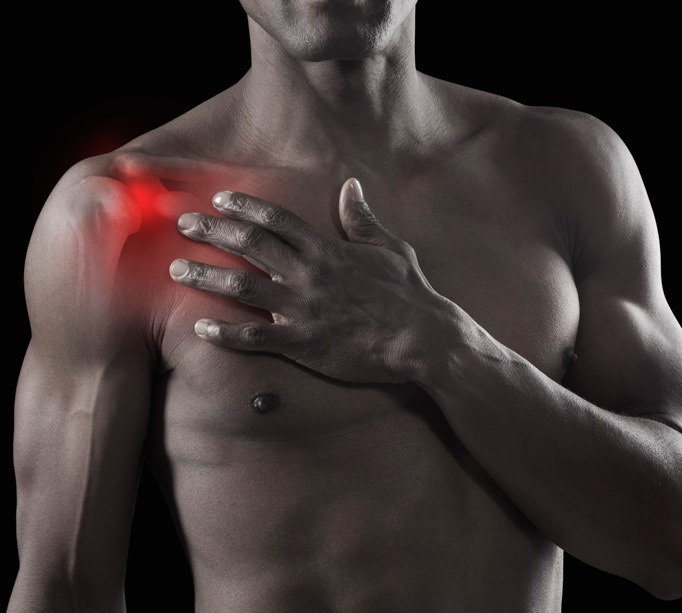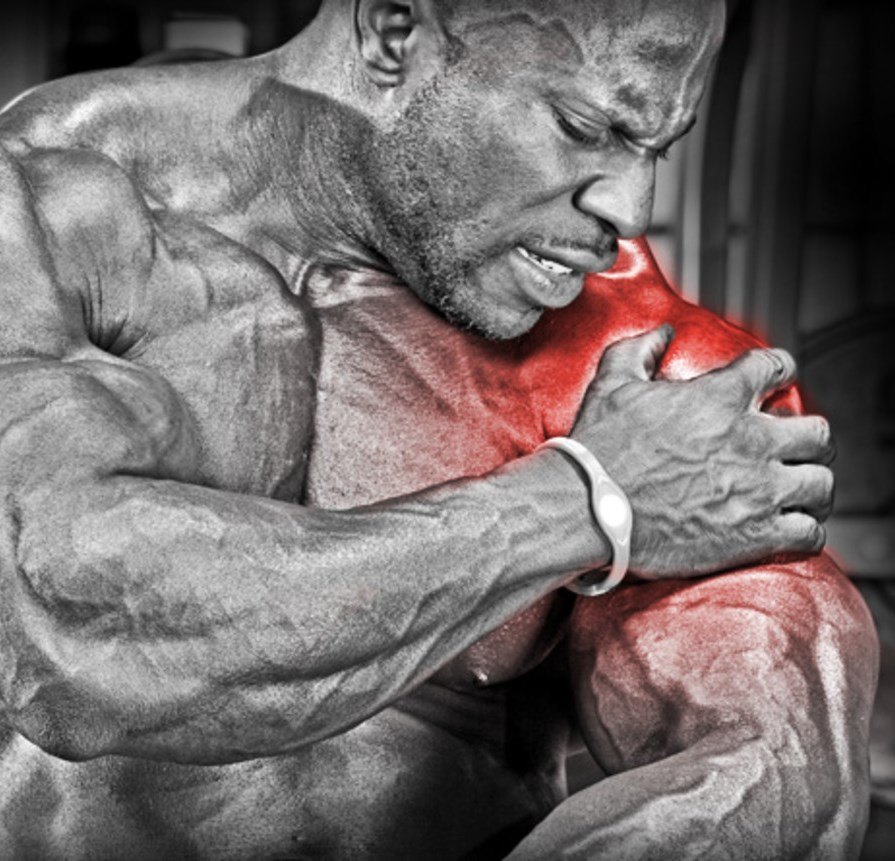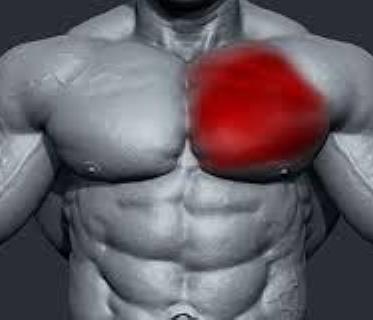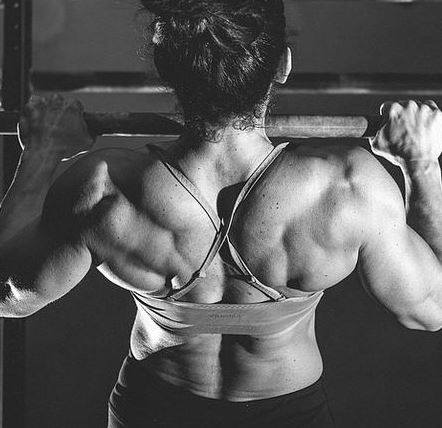Common Injuries in Bodybuilding

BASIC PRINCIPLES
There is nothing worse than getting injured just when you are starting see some progress in your gym training, but by paying attention to basic training principles many of these injuries can be avoided.
BASIC PRINCIPLES TO PREVENT INJURY - may seem to be common sense but are often relevant in cases of injury:-
• PHYSICAL AND MENTAL STATUS BEFORE TRAINING - ie.are you tired or preoccupied with stress? These are common issues that affect someone’s focus resulting in poor form and injuries.
• WARM UP - preparing the muscles and joints properly will increase blood flow, oxygen and nutrients to the tissues. It also improves elasticity of the tissues and this has a positive impact on how force is distributed throughout a joint or muscle
• STRETCH - stretching the muscles after warm up to the end of their range of motion
• MUSCLE BALANCE AND SYMMETRY- when groups of muscles work together, any weakness in one of these muscle groups will increase the risk of injury. When weak points are identified it is important to focus training on those areas to correct the imbalance. Sports massage may also help with this.
• HUNGER AND DIET - high protein diet helps to maintain strength of muscle fibres and reduce recovery times. Going into a training session hungry will also increase fatigue and reduce focus.
• SUFFICIENT HYDRATION– even mild dehydration can affect performance and increase the risk of injury
• ADEQUATE AIR EXCHANGE- exhalation during the positive movement and inhalation during the negative
• SHOES - stiff-soled comfortable shoes which protect the feet, which should be replaced every 3-4 months if running on a regular basis
• LISTEN TO YOUR BODY - if soreness exceeds the usual delayed onset muscle soreness you may need to re-evaluate your training and ensure that the muscles are sufficiently rested before the next training session. “No pain no gain” is not always a good principle to live by
• WRAPPING - knee wraps during heavy squats can protect the knee joints by increasing external pressure and distributing any impact across a larger area - wrist wraps may also help during heavy lifting

TYPES OF INJURIES:-
The most common types of injury are :-
• STRAINED MUSCLE - Over-stretching/over-use of a muscle where the muscle fibres are stretched beyond their limit, thus causing tears. This can happen during a single traumatic event or build up through repetition. Most strains cause pain and spasms with movement but in higher grade strains, the muscle is torn and causes swelling and limited movement.
• SPRAINED/TORN LIGAMENT - Over-stretching of a ligament is often accompanied by damage to the joint capsule/tendons/muscles and can be more complicated than a muscle strain,resulting in sweilling, bruising and loss of function.
• TENDONITIS - Inflammation of a tendon usually happens due to a muscle imbalance and repetitive movements eg. tennis elbow where the wrist flexors are stronger than the extensors
• BURSITIS - Inflammation of the bursa sac, which cushions the joint between muscle and bone, usually due to unequal force within the joint, linked to muscle imbalance or repetitive movement. Muscle imbalance alters the normal mechanics, causing irritation of the bursa.
• HERNIA & INTERVERTEBRAL DISC HERNIATION - poor breathing techniques can cause these injuries as overexertion with inadequate breathing techniques causes increased internal pressure. Herniation of the lower abdominal wall, spinal column and in the groin area can occur. In the case of intervertebral herniation, the nerves can be affected by disc material leaking into the spinal canal, causing radiating pain, numbness ,tingling, weakness and altered skin sensations. Altered mechanics should be addressed before the condition causes degeneration.
Other types of injury include:-
• AVULSION - Complete tearing of a muscle. Typically along the junction between the muscle and its tendon. AVULSION FRACTURES happen when a piece of bone is pulled away due to increased force on the ligament or tendon.
• CONTUSION - Bruising caused by impact
• FRACTURE - Breakage of a bone. Can be complete, partial, or from compression
• ACCELERATED WEAR & TEAR/ARTHRITIS

COMMON INJURIES:-
• NECK STRAIN – due to excessive stress being placed on the neck muscles
• PECTORAL TEAR - the tendon that connects the pectoralis major to the humerus is torn, causing anything from minimal to extensive bruising and in severe tears, the muscle bunches up towards the sternum. This is common with overuse of anabolic steroids
• ELBOW TENDONITIS:-
- TRICEPS TENDONITIS - overuse causes pain in the triceps tendon around the pointed area of the elbow
- LATERAL EPICONDYLITIS/TENNIS ELBOW – the forearm extensor muscles are strained causing pain at outer bone of the elbow
- MEDIAL EPICONDYLITIS/GOLFERS ELBOW –overuse of the wrist flexors causes pain around the inner bone of the elbow
• BACK STRAIN – central pain in the lower back/ across the top of the gluteal muscles/ along erector spinae muscles. Usually occurs due to excessive stress being placed on the muscles by lifting too much weight or through poor form with squats or deadlifts.
• KNEE STRAIN/SPRAIN – encompasses a wide range of injuries including meniscal tears, patellar tendonitis, ACL tears and bursitis. Pain may follow the joint line of the knee, the posterior knee, or under the knee cap
• DELAYED ONSET MUSCLE SORENESS - Soreness that arises 24-48 hours after working out due to accumulated cortisol and lactic acid in the muscle. There may also be some micro tears in the muscle.

STANDARD TREATMENT/RECOVERY
• RICE - Rest, ice, compression and elevation. This will promote recovery by reducing inflammation, internal blood loss and scar tissue formation
• Avoid any exercises that worsen symptoms This is generalised and dependant on grade of injury and individual recovery, but these are basic guidelines.
MUSCLE STRAINS:-
• rest the area 1-2 days to promote healing
• after 2 days begin to perform basic range of motion exercises
• Once pain free, muscle loading can slowly resume
• Gradually increase intensity until full function is re-established
LIGAMENT SPRAINS:-
Sprains heal over a longer period of time because the joints don’t have the same blood supply as muscles. Stretching of the tough connective tissue can also cause chronic joint instability without sufficient rehabilitation.
• RICE - rest, ice, compression and elevation for at least the first 48 hours
• After 48 hours, slowly start to work through the range of motion, despite movement being limited, in order to increase circulation and avoid excessive scar tissue formation
• weight bear as soon as possible
• only do as much as the pain or swelling allows
• If the connective tissue was damaged , try to strengthen the surrounding muscles to help stabilise the joint
• Ligaments can take over a year to return to their normal length
TENDONITIS:-
• RICE - rest, ice, compression and elevation
• focus rehabilitation on strengthening the muscle , particularly in eccentric contraction
• anti-inflammatories
BURSITIS:-
treatment as with tendonitis but rehabilitation to include joint motion and muscle balance
